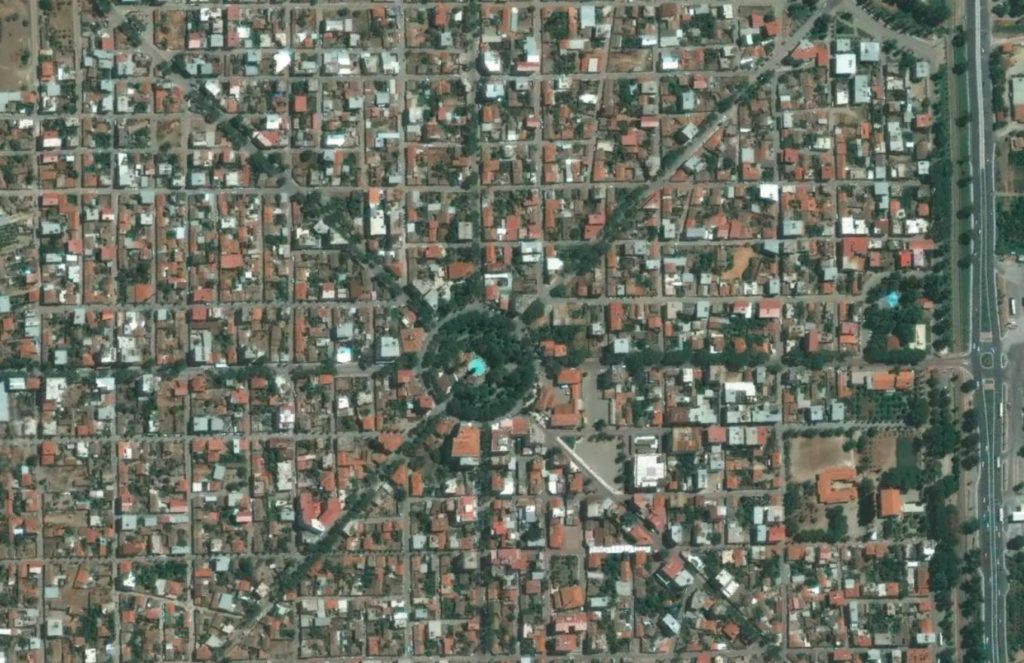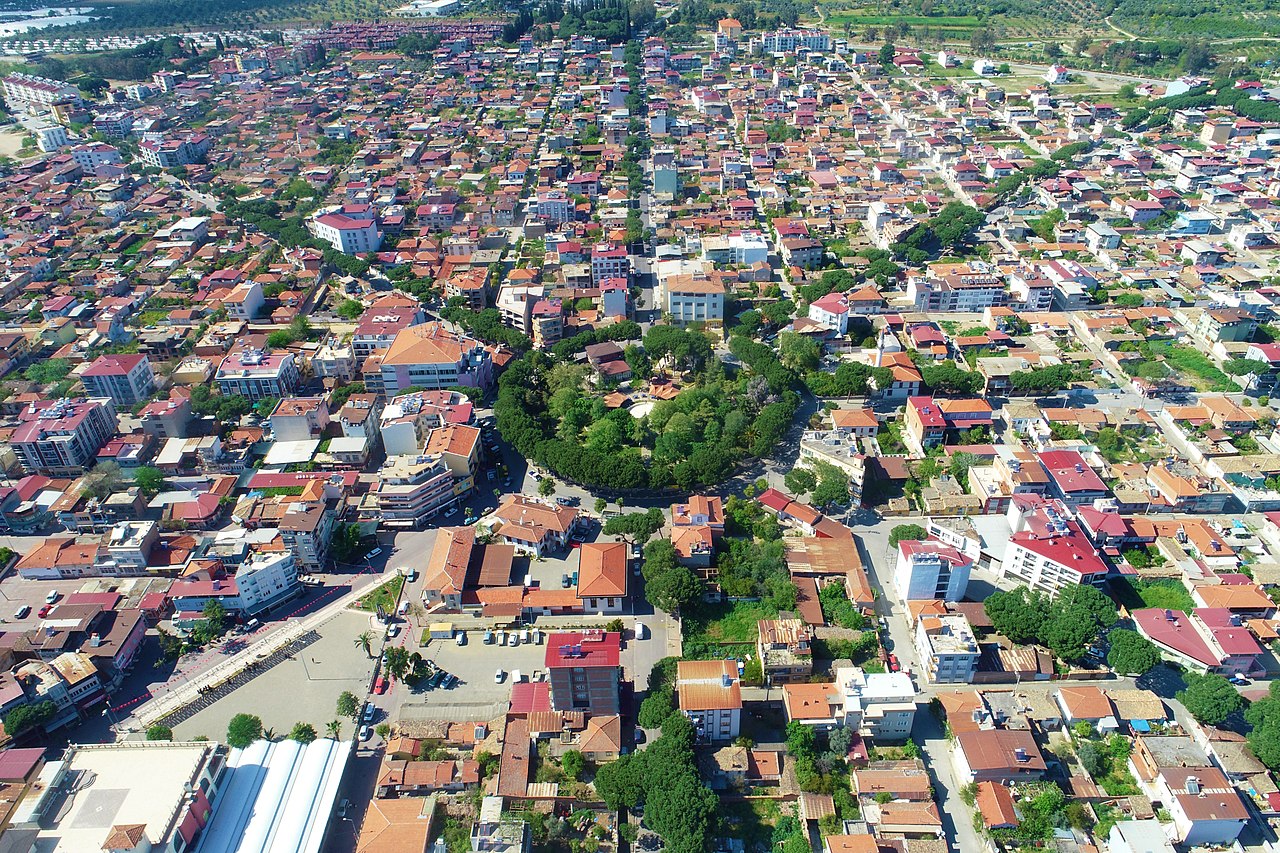Even if it’s not on people’s travel agenda, there’s a place I consider historically and culturally pivotal: Atça. Let’s take a look at the story of Atça and why it’s referred to as “Turkey’s Little Paris.”
Situated in Aydın’s Sultanhisar district, Atça might appear as a modest neighbourhood. However, its significance is twofold—tracing back to ancient Roman times and its incredible resurgence from destruction during the Greek occupation.
This small enclave narrates a tale of resilience, rising from the ashes to reclaim its narrative after the fires of Greek occupation left it in ruins.
Atça, nestled in the historical depths of Western Anatolia, stands out as an ancient settlement linked to Sultanhisar, a district in Aydın. Established during the era of the Ancient Romans, this neighbourhood found itself positioned amidst significant Karian cities such as Nysa, Orthasia, and Mastaura.
The historical richness of Atça is unveiled through the remnants and relics that have persevered to this day. Particularly noteworthy is a Pan sculpture dating back to the Hellenistic period, now proudly on display at the Aydın Archaeology Museum, showcasing the area’s historical significance.
Yet, Atça’s history isn’t confined solely to antiquity. After enduring a devastating period during the Greek occupation at the outset of the 20th century, Atça emerged from ruin with the proclamation of the Turkish Republic, embarking on a journey of resurgence.
In the early years of the Ottoman Empire and the nascent years of the Republic, Maşacızade Hafız Mehmet Efendi, who held the position of mayor, made a request that led to the assignment of Abdi Bey, a man educated in Europe.

Paris Charles de Gaulle Square
Abdi Bey, inspired by the grandeur of famous French avenues converging at Paris’ renowned square, undertook the redesign of Atça’s urban plan, igniting the neighbourhood’s unique identity.
The planning process in 1924 commenced with the establishment of a park in Atça’s heart, replacing the Victory Monument, now known as Atça Park. Drawing inspiration from Parisian squares, a grid of 8 main avenues intersecting with hundreds of orderly streets at a 45-degree angle was added to Atça.

Satellite image of Atça
Restricting multi-story constructions, Atça was adorned with detached homes set within gardens. This urban design not only shaped Atça architecturally but also contributed to a distinctive lifestyle and cityscape.
Preserved to this day, this historical planning continues to carry forward Atça’s unique identity and architectural heritage. Through the amalgamation of its past and present, Atça stands as a significant Anatolian settlement, epitomizing historical echoes and a revival that resonates throughout time.
